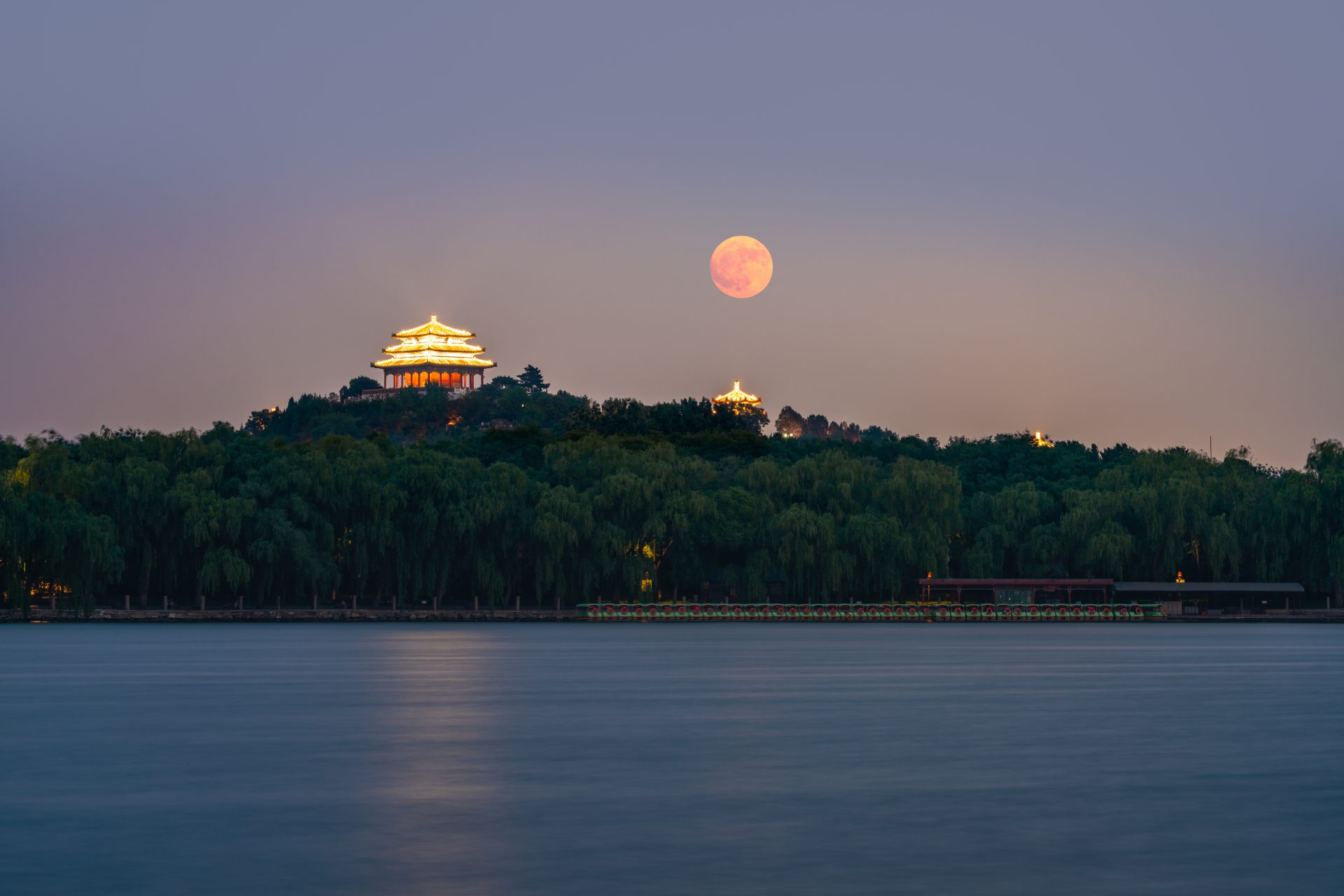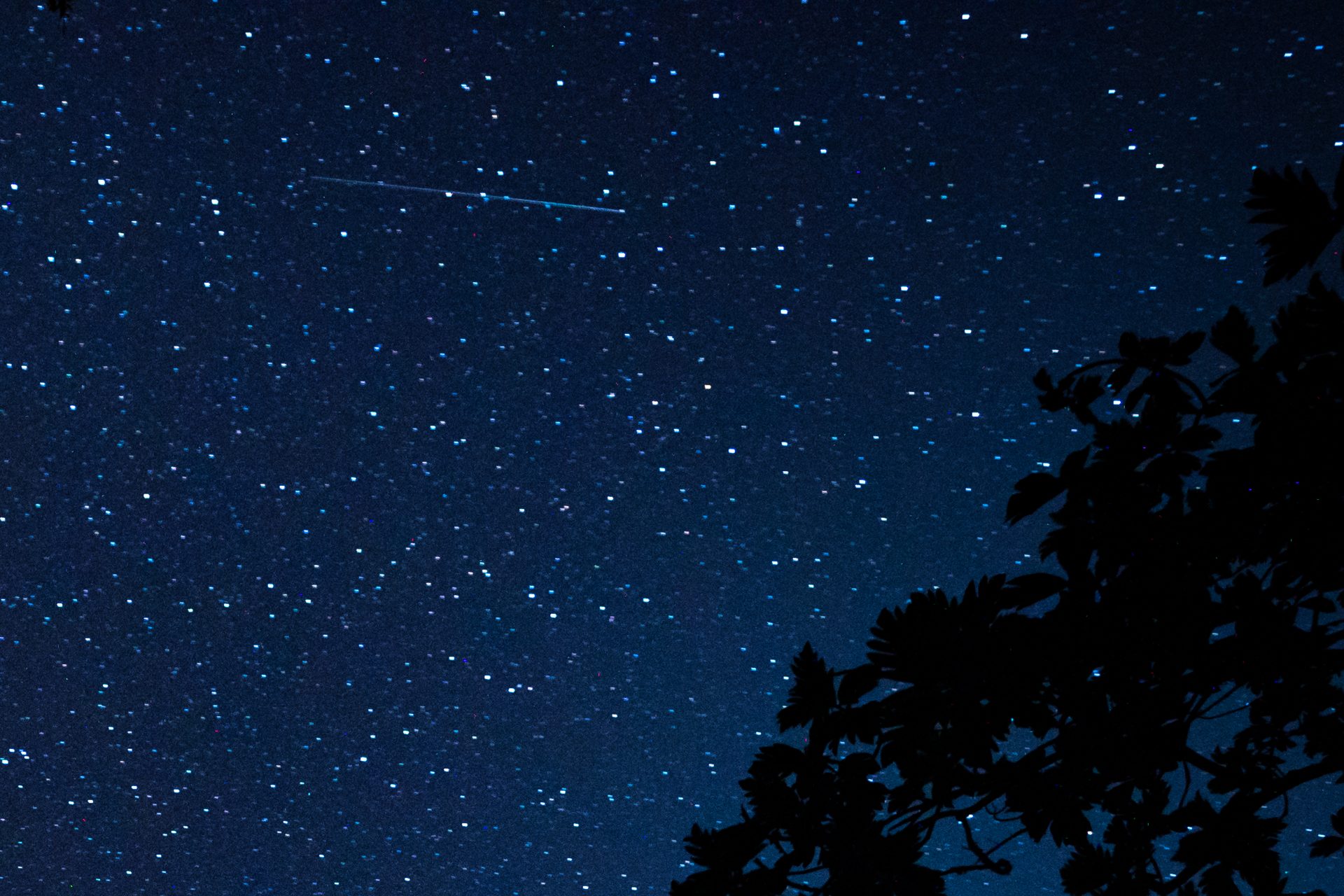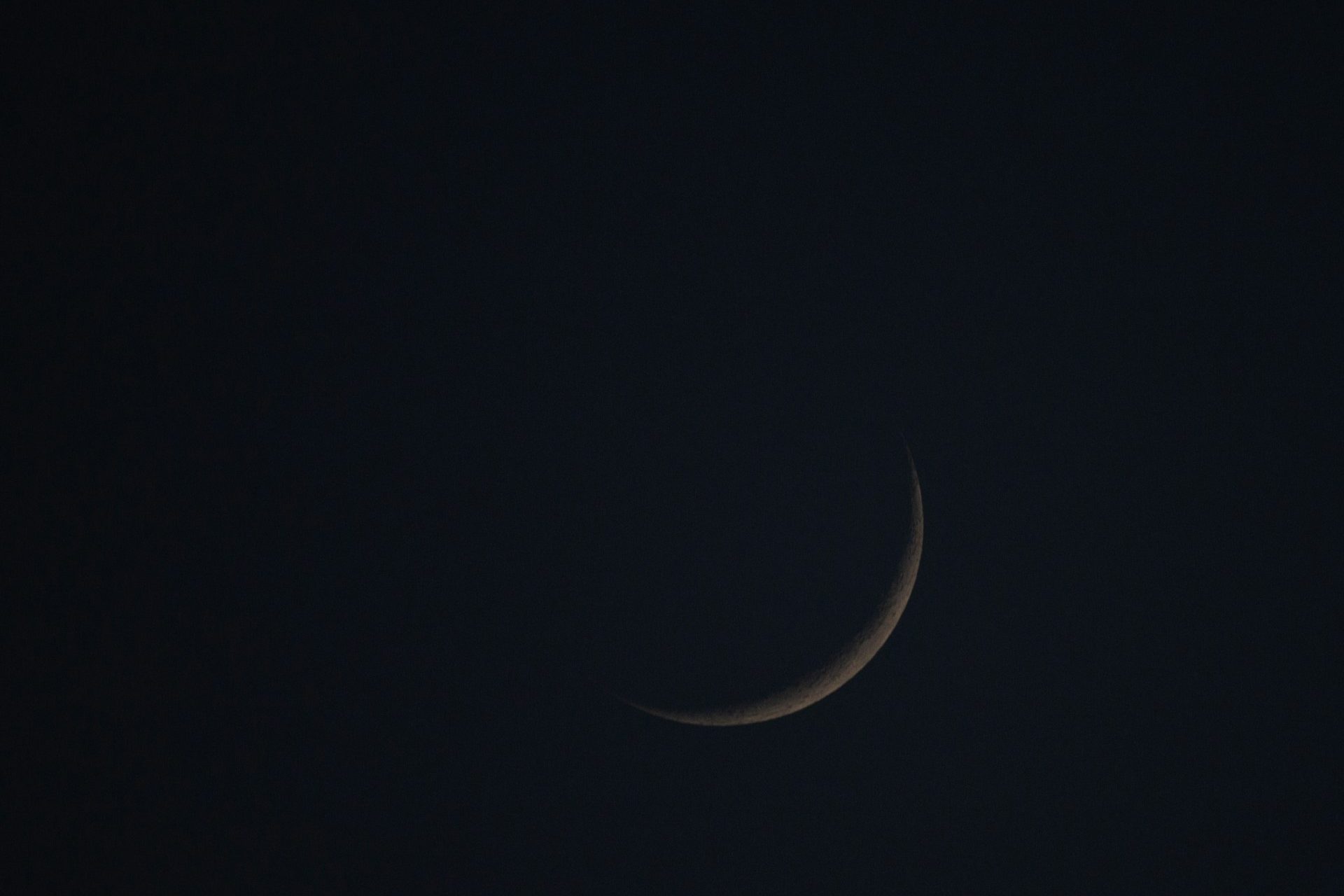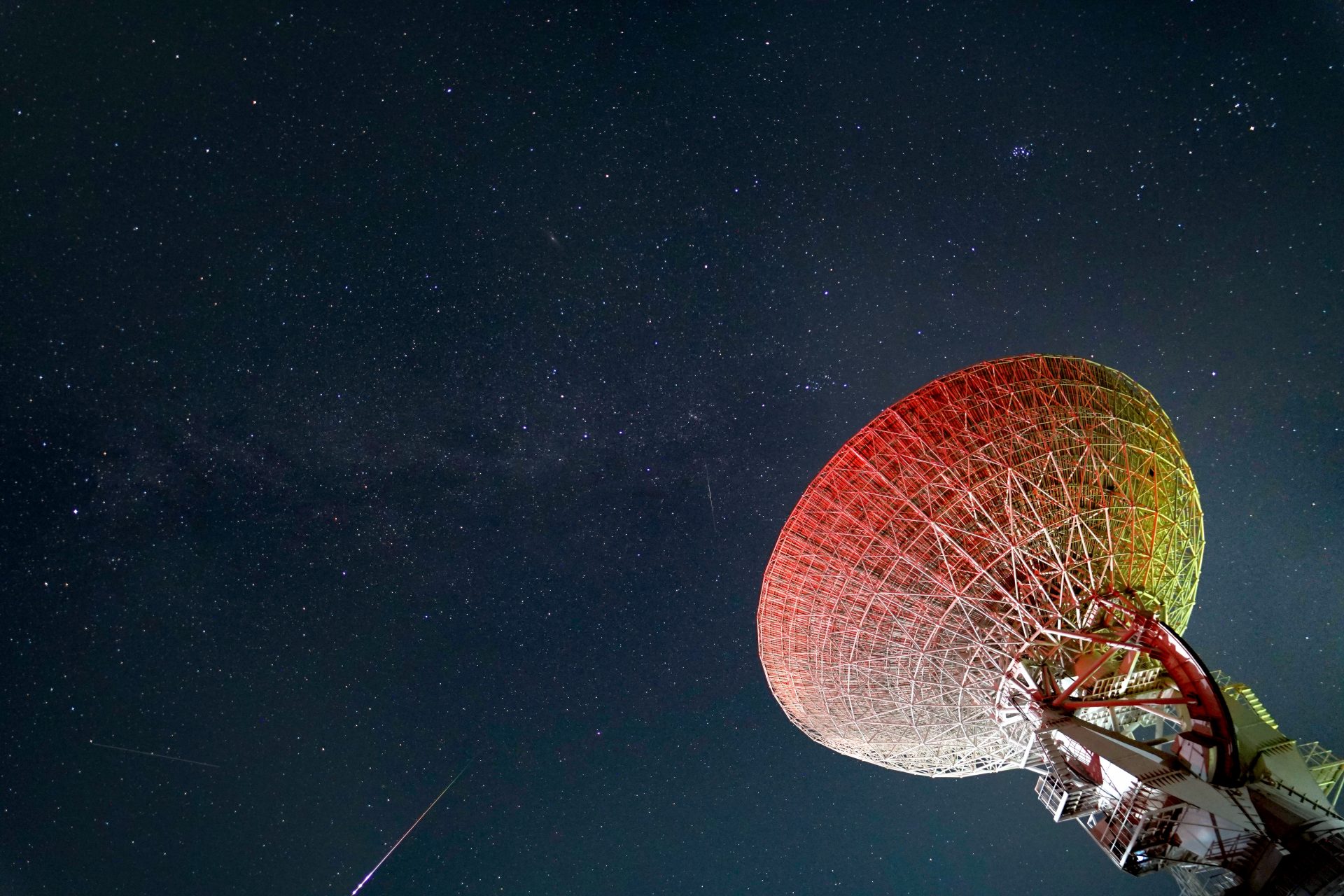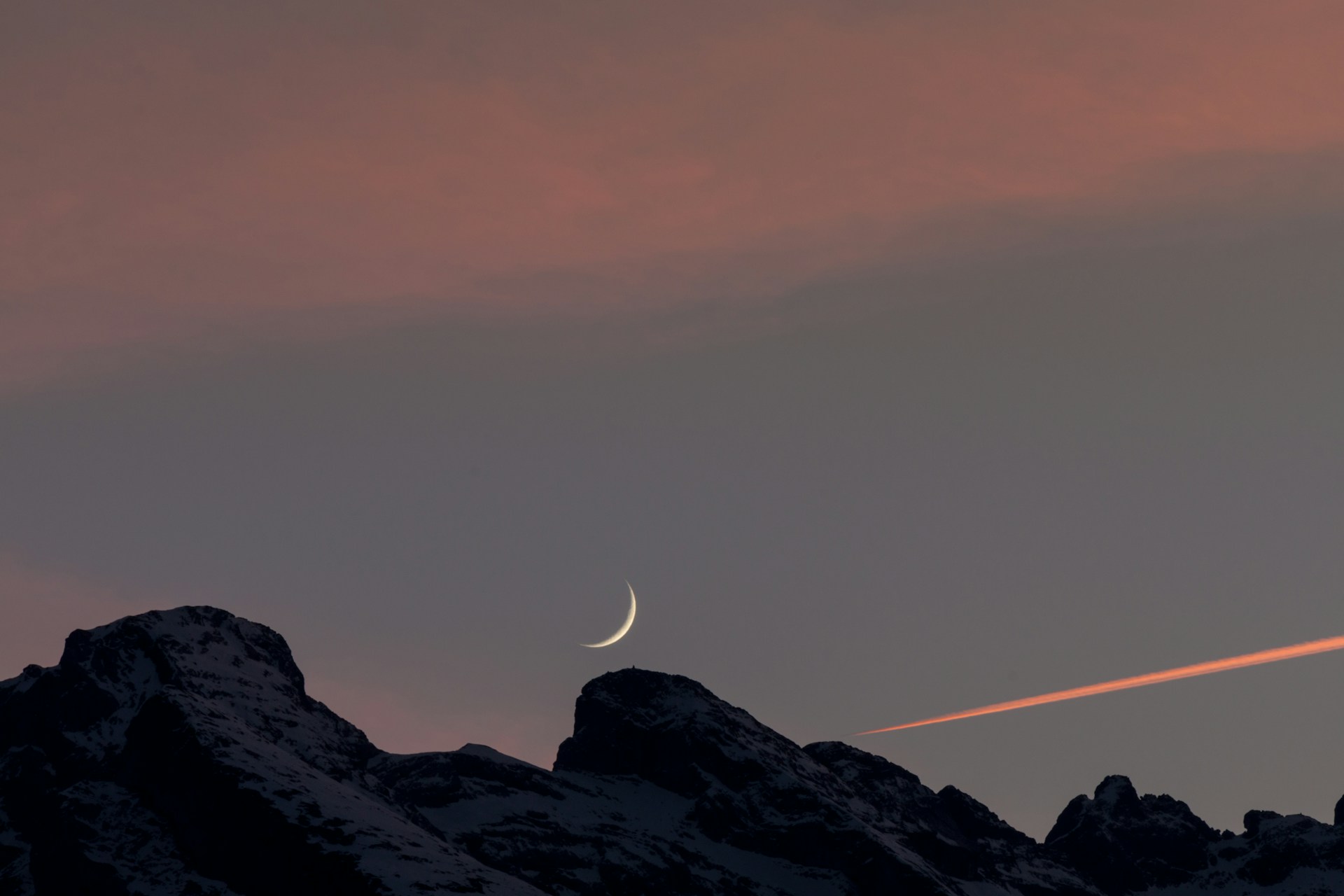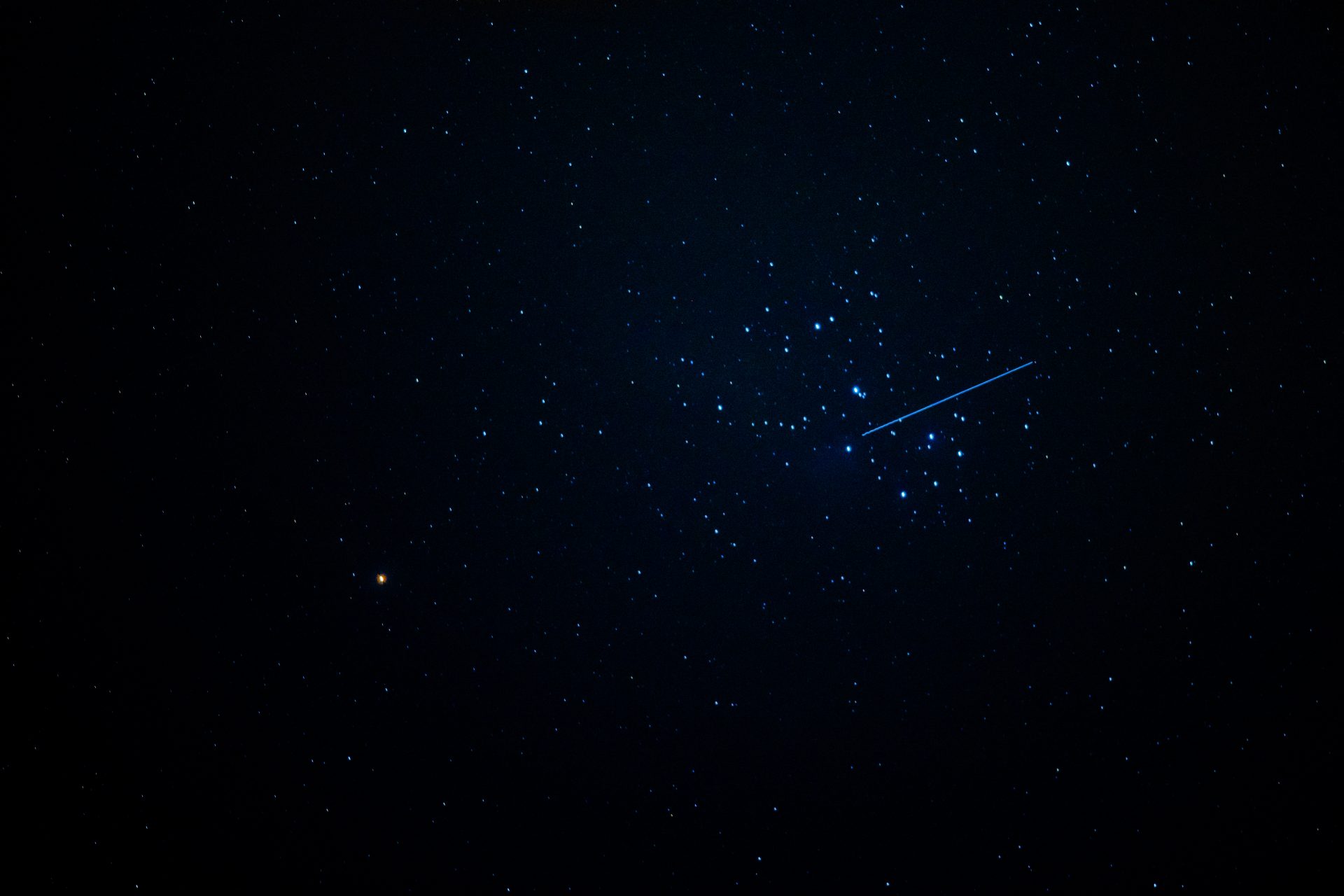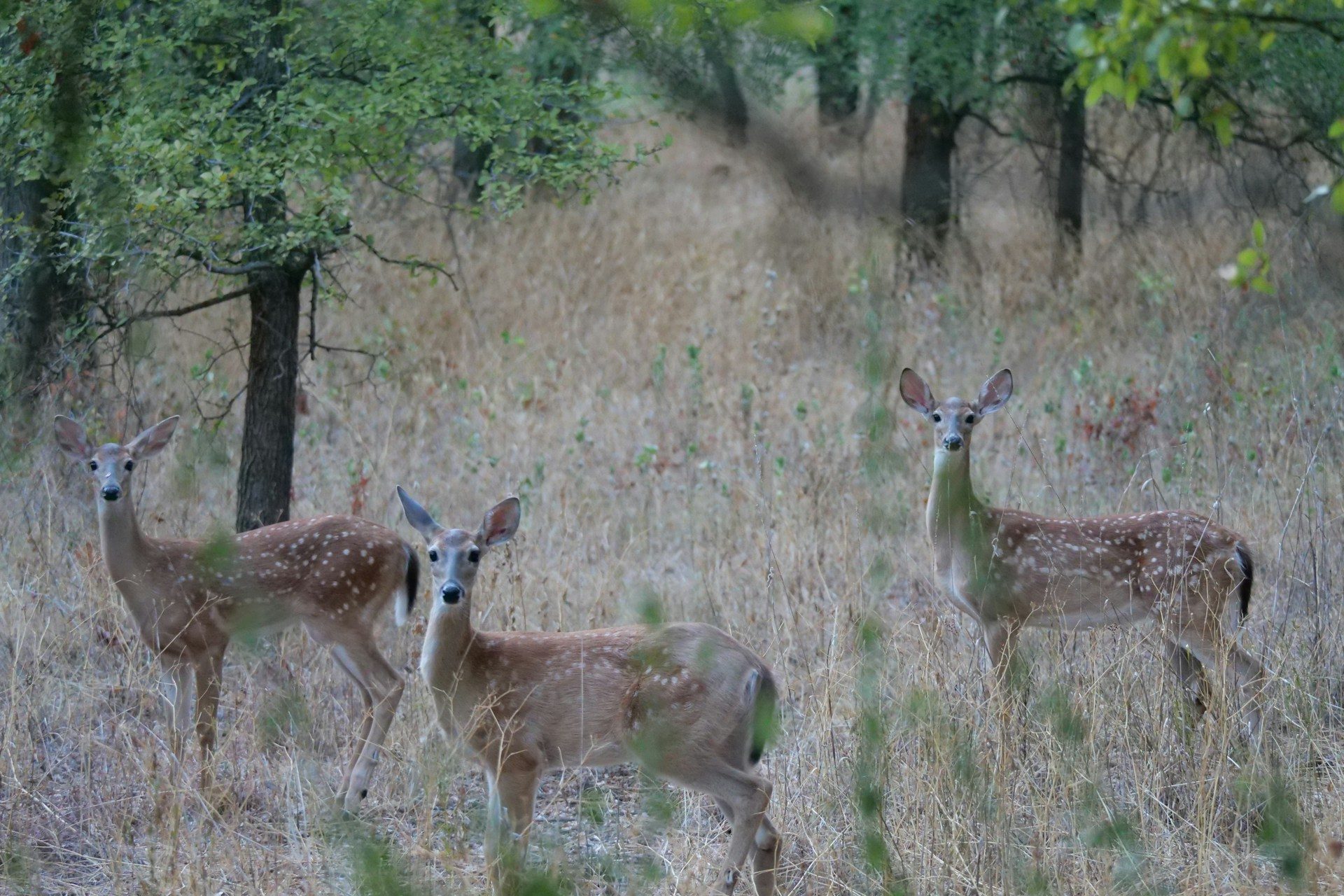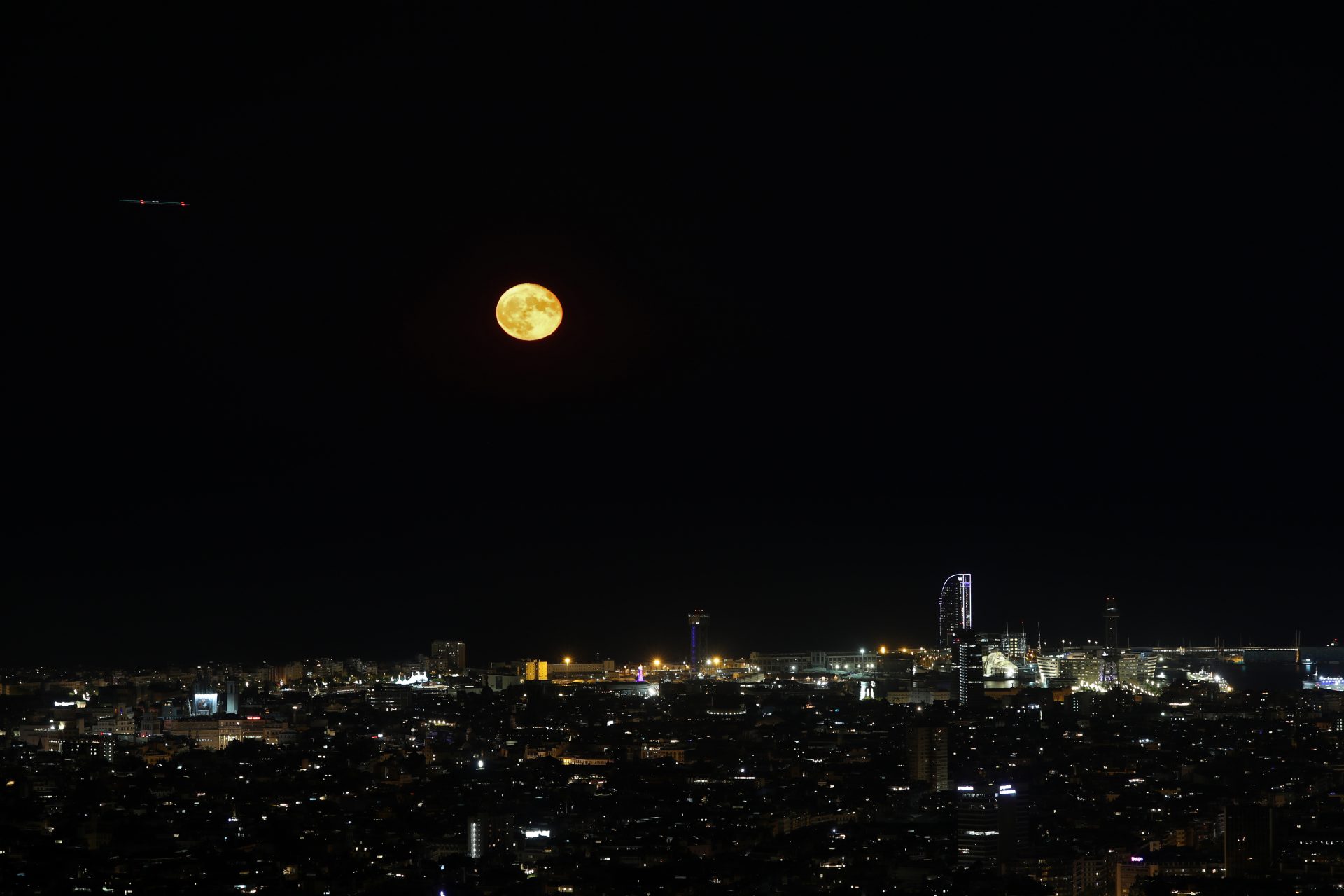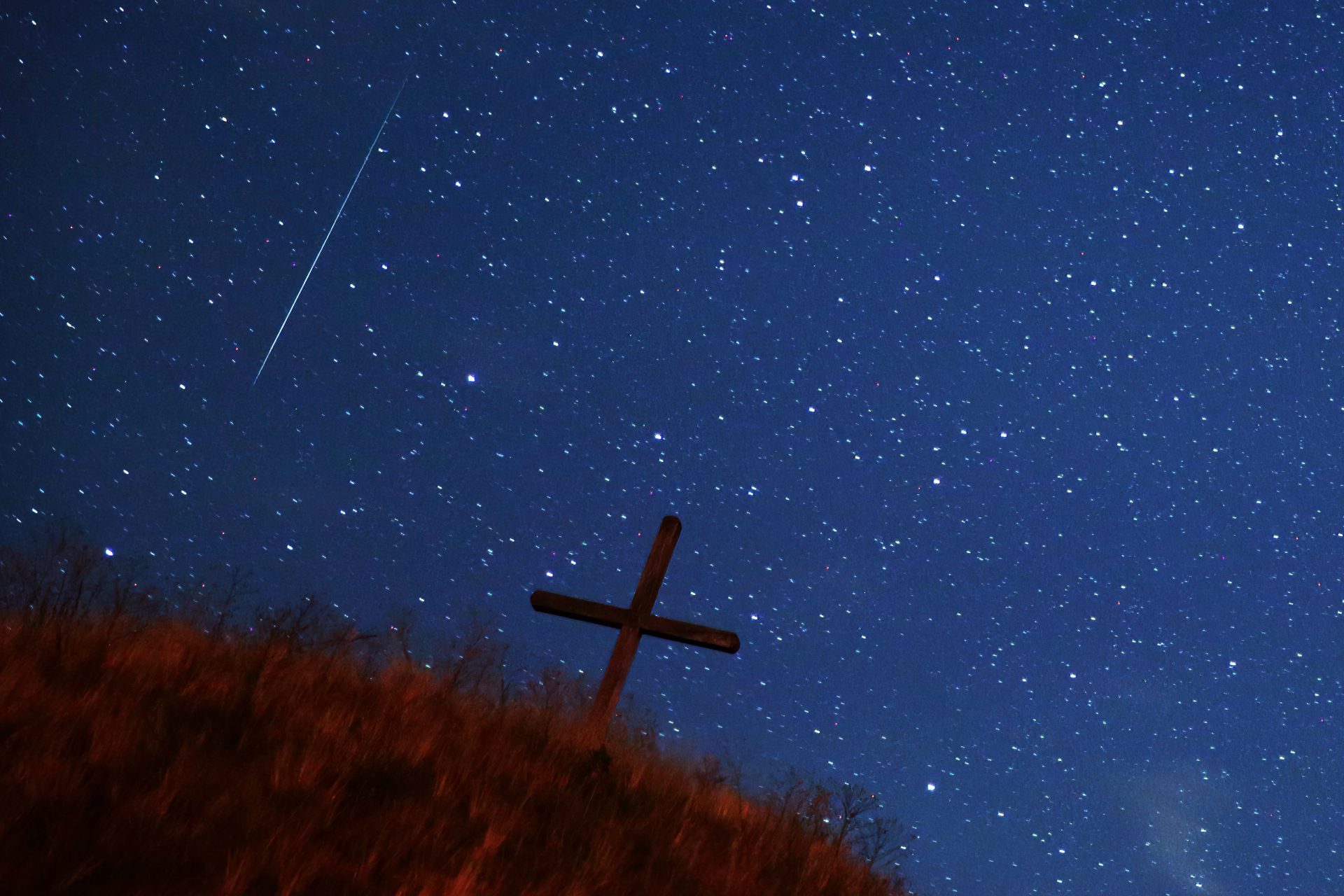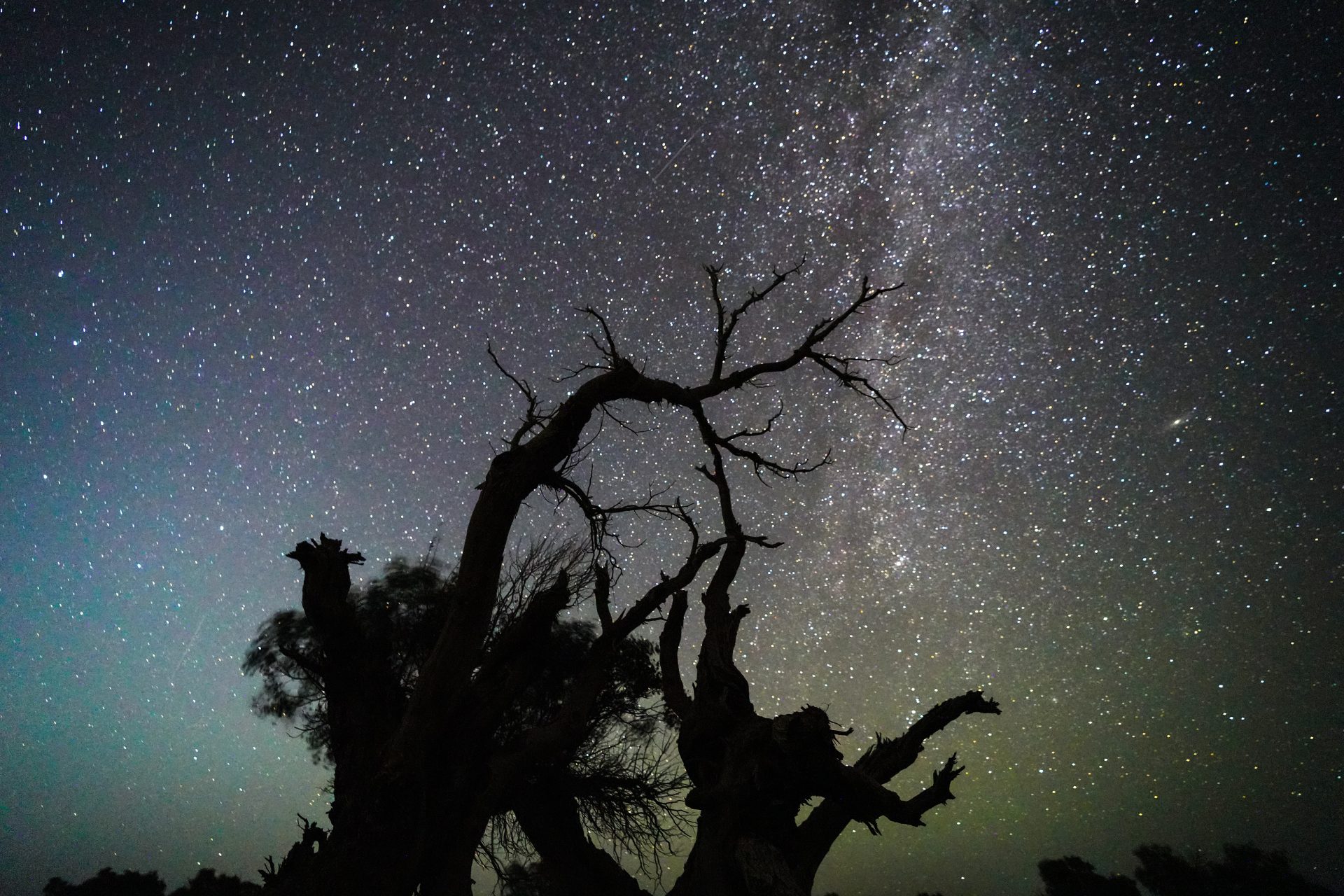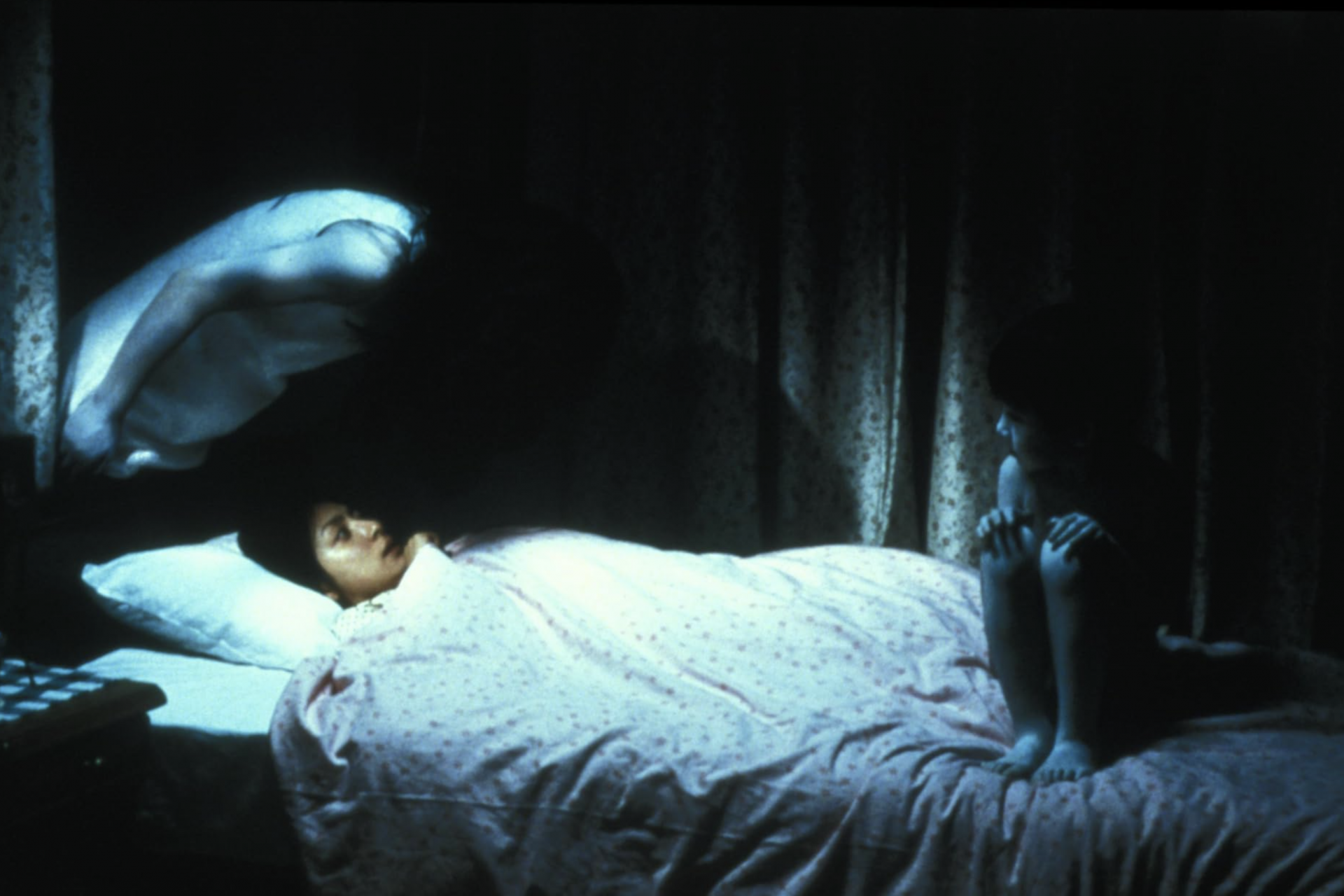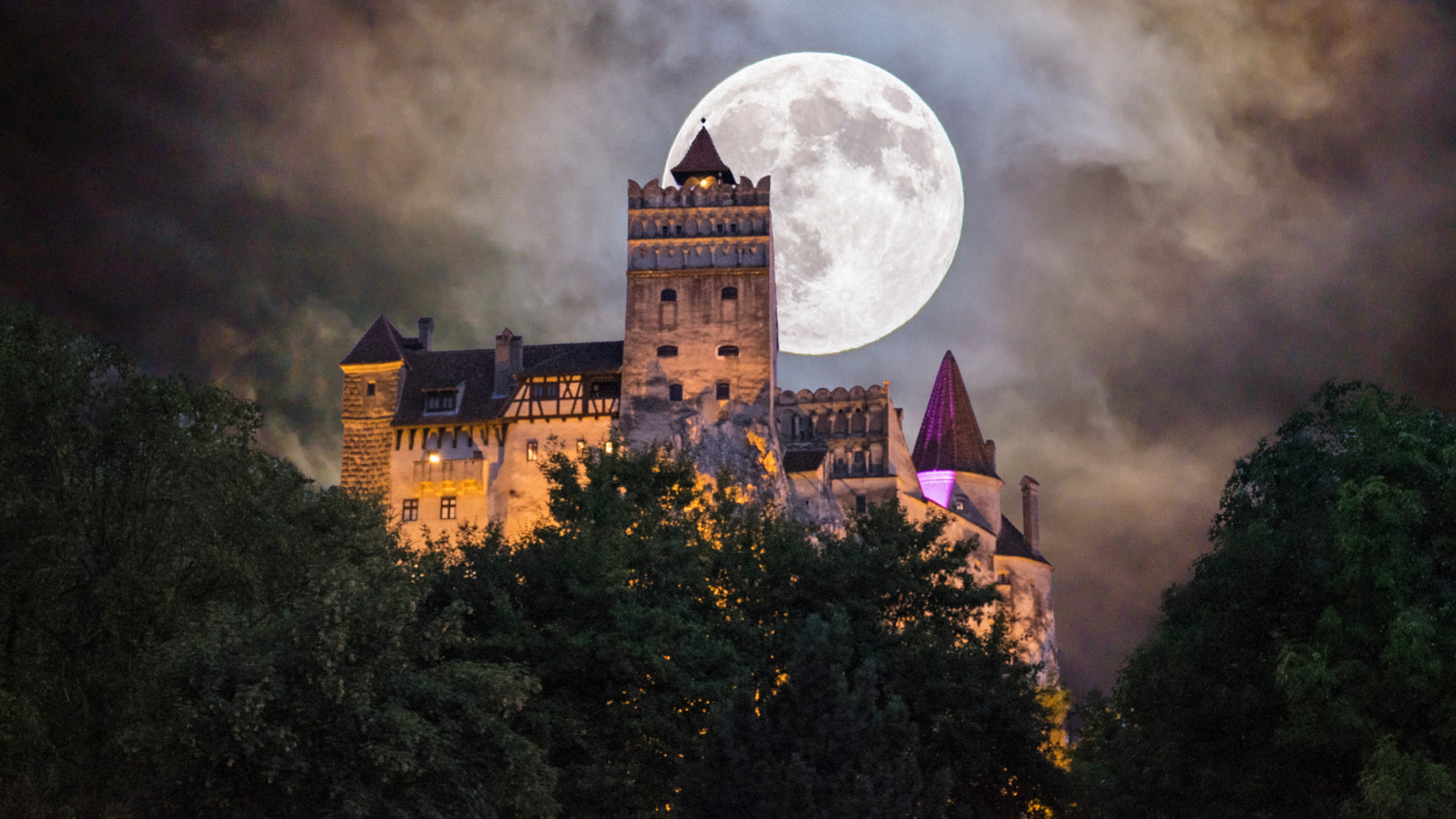Deer Moon, Alpha Capricornids and other astronomical phenomena in July
The beginning of summer in the Northern hemisphere brings the ideal moment to observe the stars, space, and everything that surrounds us above our heads. We have the holidays and the possibility of staying up late without having to go to work the next day and the warmth of the Summer evenings to make the most of it.
In addition, July will be a particularly active month for those who like to observe the celestial dome, whether with the naked eye, cameras or telescopes. Take note of the main events taking place this month.
It is the time when the Moon is the least illuminated, it will be visible all over the world and is the ideal time to propose to your partner... We leave that part up to you.
The Northern Hemisphere will be the best place to observe this faint meteor shower, whose body is comet C/1979 Y1 (Bradfield). The best time to see the Pegasids will be just after the moon goes down.
The increase in the moon's illumination will continue for days and will be visible all over the planet. Of course, this culminates with the arrival of the full moon.
For this phenomena, it will be the southern hemisphere that will be able to see Mars and the Pleiades in the sky. The best time to spot them will be 2-3 hours before sunrise and it is recommended to look at the constellation Taurus to find them. In fact, with a bit of luck, Jupiter can also be seen shining brightly in the same constellation as Taurus, although further to the horizon.
Known as Deer Moon because young bucks begin to grow antlers at this time and, within a few days, their antlers are already formed and in the process of hardening.
Image: Unsplash / Richard R
This Full Moon will be at its brightest at 10:17 GMT, but will be seen in full illumination around the world, both the day before and the day after.
The parent body of the Gamma Draconids is unknown and has not been excessively active for several years. However, in 2016 there were between 30 and 40 meteors per hour, something that many are waiting for this year. It will be visible in both hemispheres, although with more visibility in the southern hemisphere, as the radiant is closer to the horizon.
The Alpha Capricornids come from comet 169P/NEAT and present themselves as a meteor shower to enjoy and delight in. Its meteors fall slowly and are tremendously bright, sometimes even revealing a fireball. This is the day to lay down a blanket and gaze up at the wonders of the natural world.
Follow Showbizz Daily to stay informed and enjoy more content!

